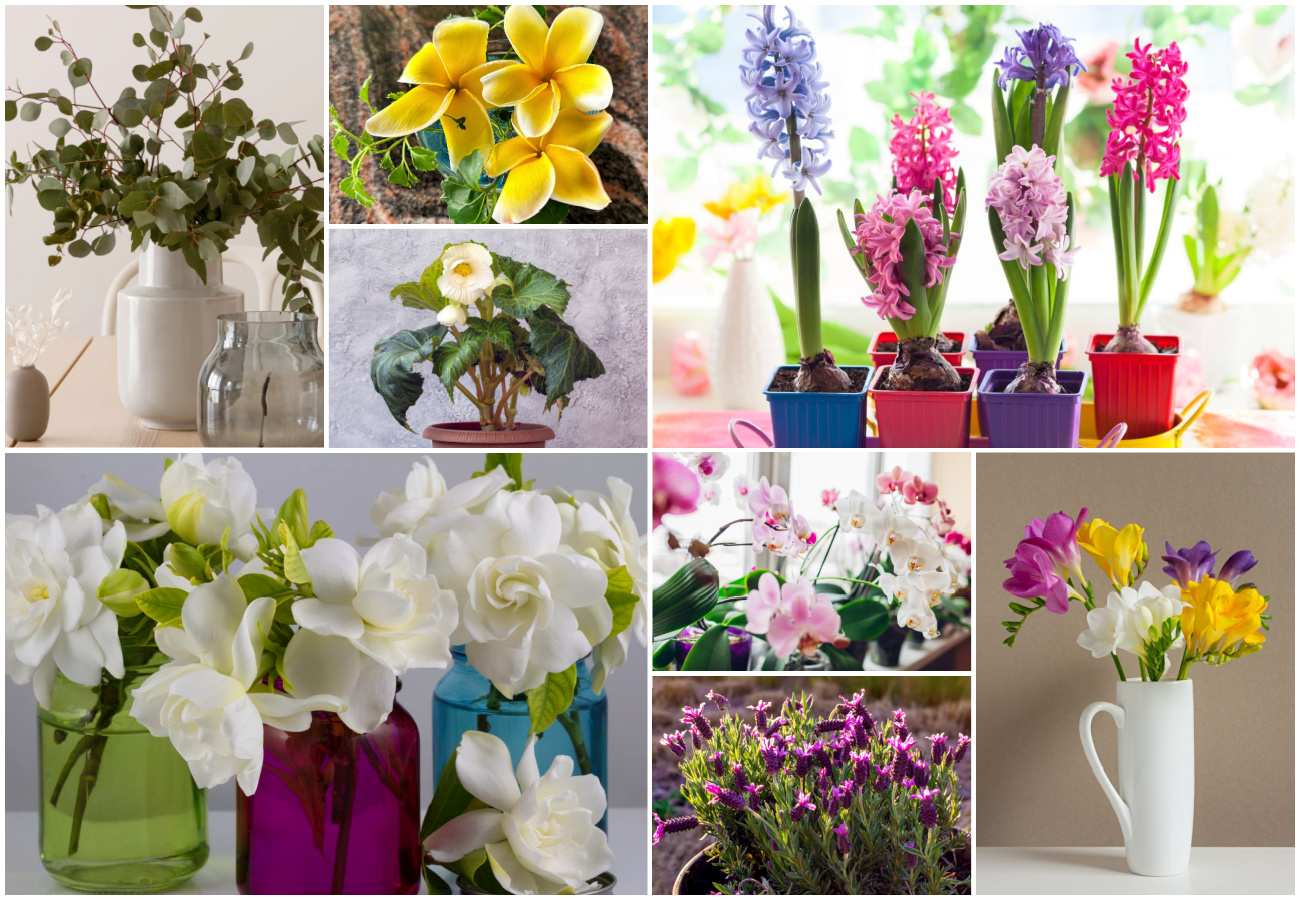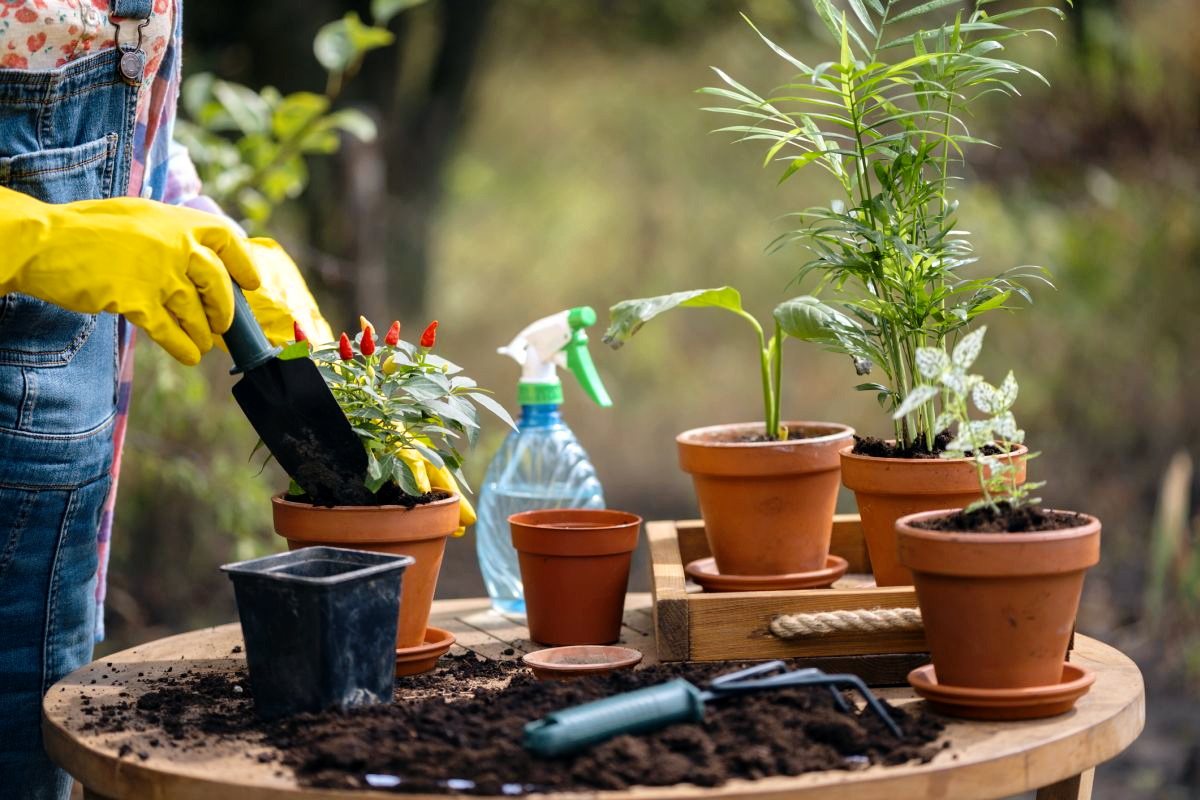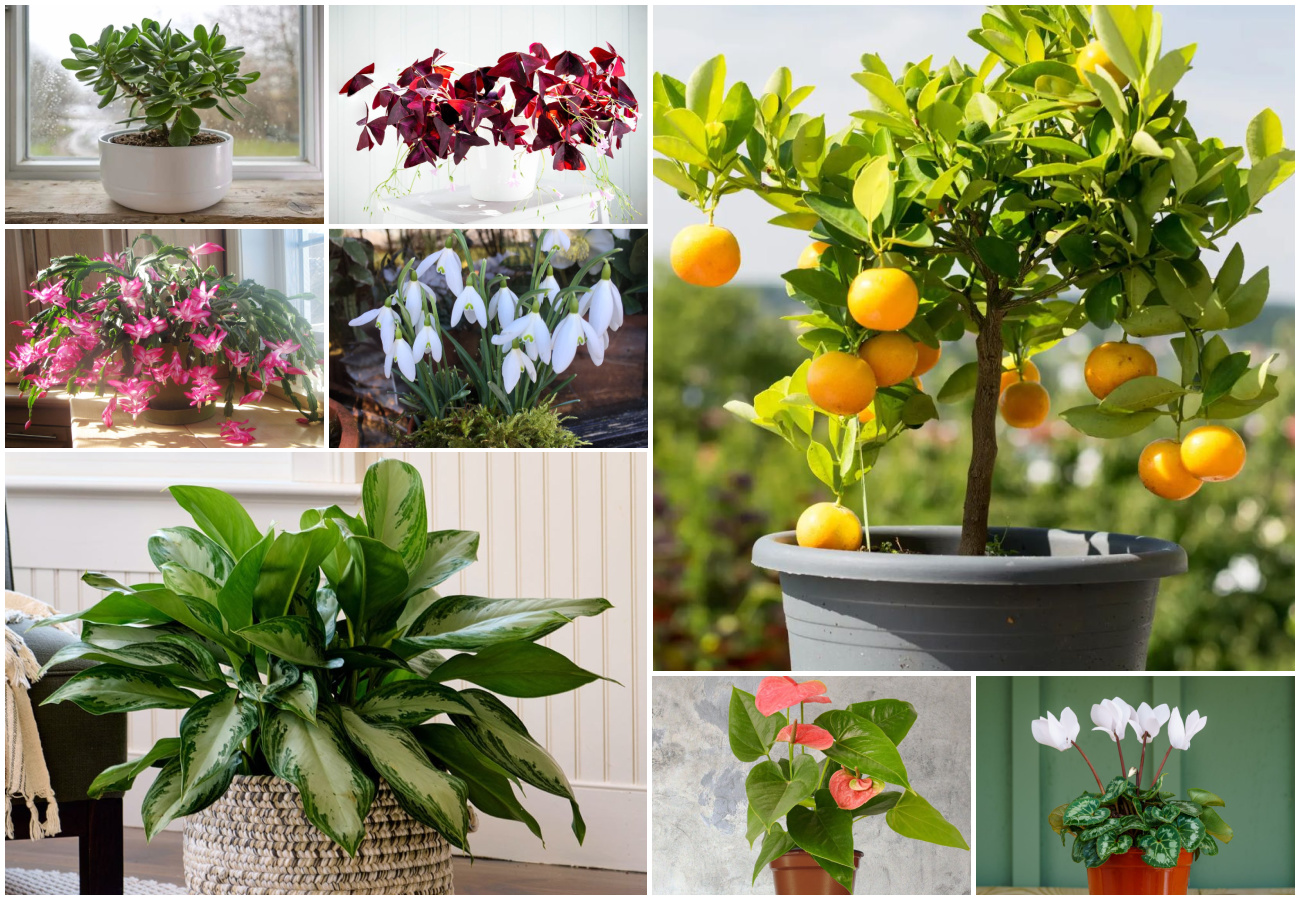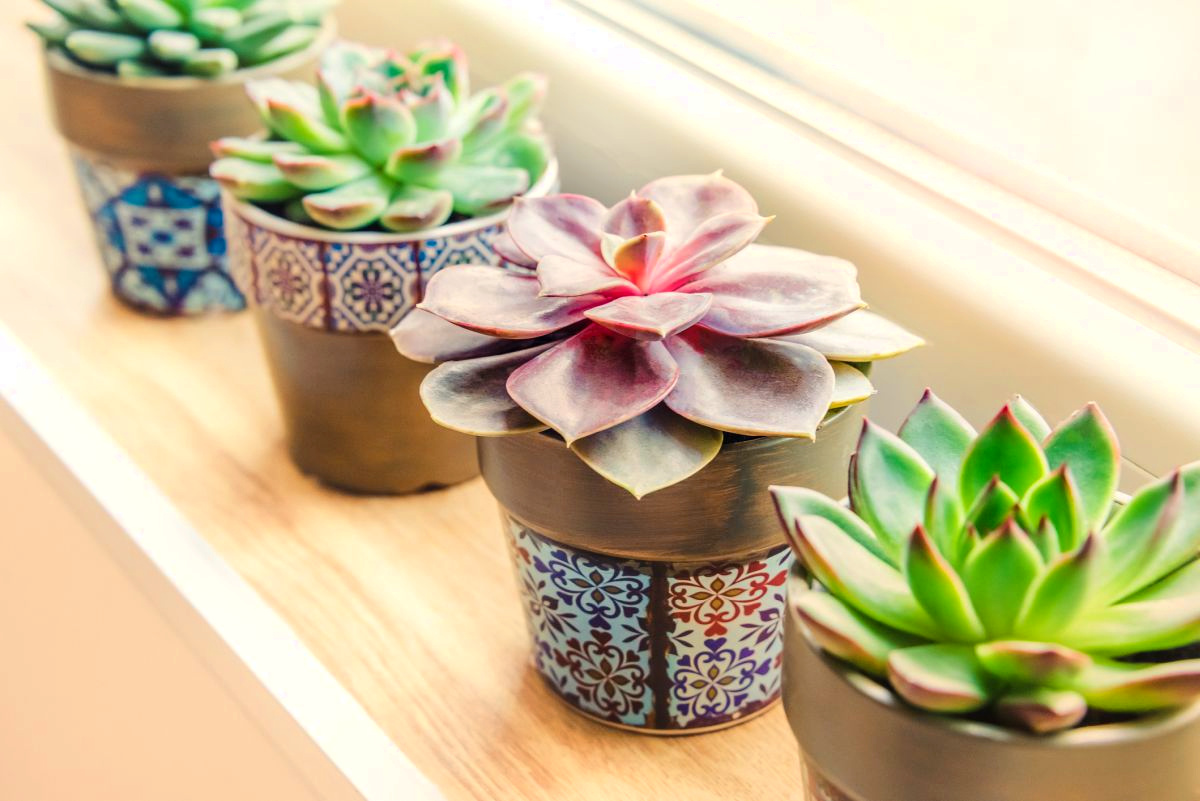The Chives plant is a perennial herb from the same family as onion and garlic. Allium schoenoprasum has a more subtle flavor than its food family, making it a great choice to delicately elevate soups and salads. The Chive flower is used as a beautiful and tasty garnish.

Chives Plant Appearance
Chives are grown for their tall, green stalks that look like green onions. The stalks reach a height of between 10 to 15 inches (25 to 37 cm) tall and grow in clumps. Growing Chives in pots lets you enjoy them year round and prevents them from spreading throughout your garden. The Chive blooms appear in early summer. The flowers do not affect the taste of the rest of the plant and make an attractive garnish.
Growing Chives: Lighting Requirements
Provide full sun from a South-facing window for ideal lighting and growth. Alternatively, a room that receives all-day sun also works well. Partial shade is acceptable, but blooming will be reduced.
Watering Your Chives Plant
Chives become slightly drought tolerant once the plant is established. Keep the soil consistently moist but not soggy. Place a layer of mulch on top of the soil to retain moisture and decrease the need for frequent watering.
Soil and Fertilizer Requirements
Grow your Chive plant in a well-draining soil rich in nutrients. A high-quality potting soil amended with a small amount of compost works well. Chives are not heavy feeders. Fertilize the plant once a year, in the spring, with a nitrogen-rich fertilizer.
How to Grow Chives Indoors: Temperature and Humidity
Chives prefer moderate temperatures. Too warm and growth is slowed, but too cold and the plants become damaged. Aim for around 70 degrees Fahrenheit (21 Celsius) and humidity of between 40 to 50 percent.
Harvesting Chives
Harvesting is possible approximately 2 months after planting or when the stalks are 6 inches tall. Snip the stalks as needed, cutting right above the soil line to encourage new growth. Use the Chives fresh or freeze the herb for later enjoyment. The blooms’ flavor is best immediately after the flower fully opens.
Propagating Chives
Division is the easiest way to propagate new Chive plants. Remove the plant from its pot and use your hands to gently divide the root ball into two or more sections. Ensure each new section has their own roots attached. Plant each new section into its own pot with the correct soil. Care for the divisions as you would a mature plant.
Common Pests and Diseases
Pests do not typically bother Chives. In fact, Chives often keep pests away from other plants near them in the garden. Root rot is a disease you’ll need to watch for. Rot is a result of overwatering your plant or using poor-draining soil. Reduce water frequency and improve soil, if needed, to stop any further damage. If the plant has begun to wilt, remove the Chives from its pot. Trim away and mushy, dark roots and repot in a clean pot with fresh soil.
Growing Chives indoors is easy and lets you add their delicate flavor to dishes any time of the year. The pretty, purple blooms add a splash of color to your home and your recipes. Use this herb as a mellow version of onion or garlic in any dish.
Chives FAQ
Yes, just like onions, Chives are considered toxic to cats and dogs.
Chives are hardy herbs that grow outdoors in USDA zones 3 to 9.
Repot your Chives plant once it has become crowded in its current pot. Divide the clumps and replant each in its own, separate pot.
A few foods to use Chives with are cheese, eggs, soups, potatoes, and vegetables.
Use a pot with drainage holes to allow excess water to escape. This prevents the roots from sitting in soggy soil and rot setting in.





